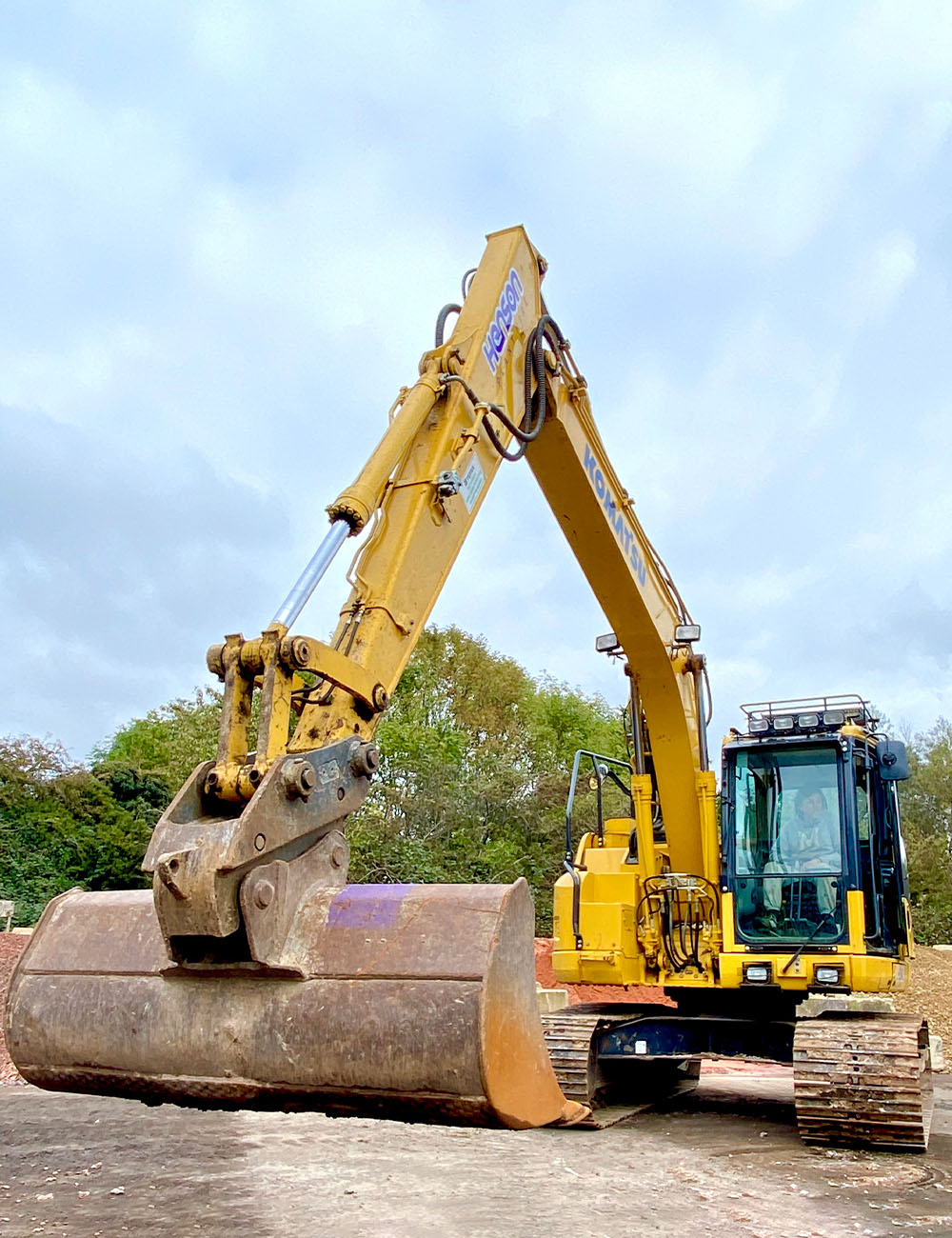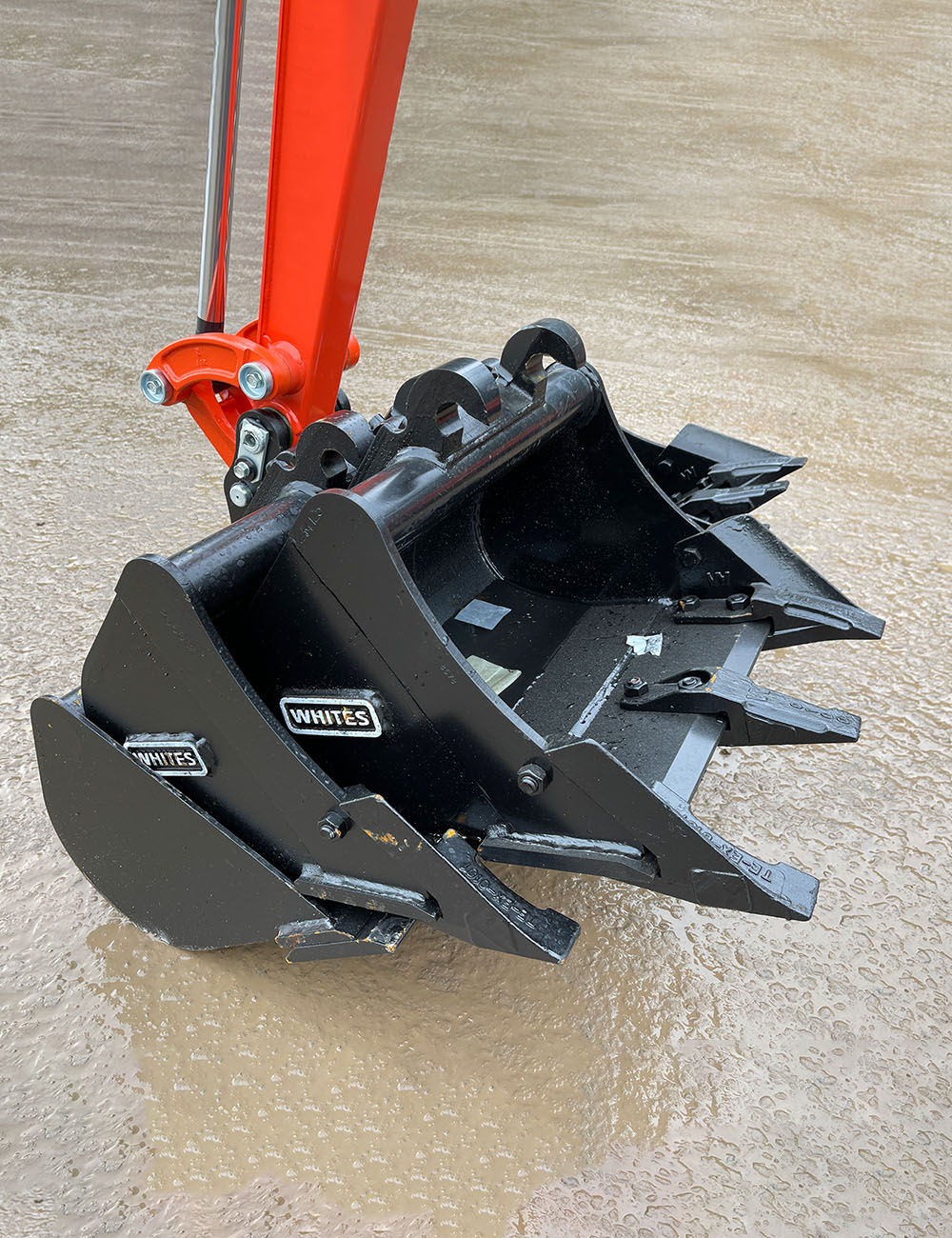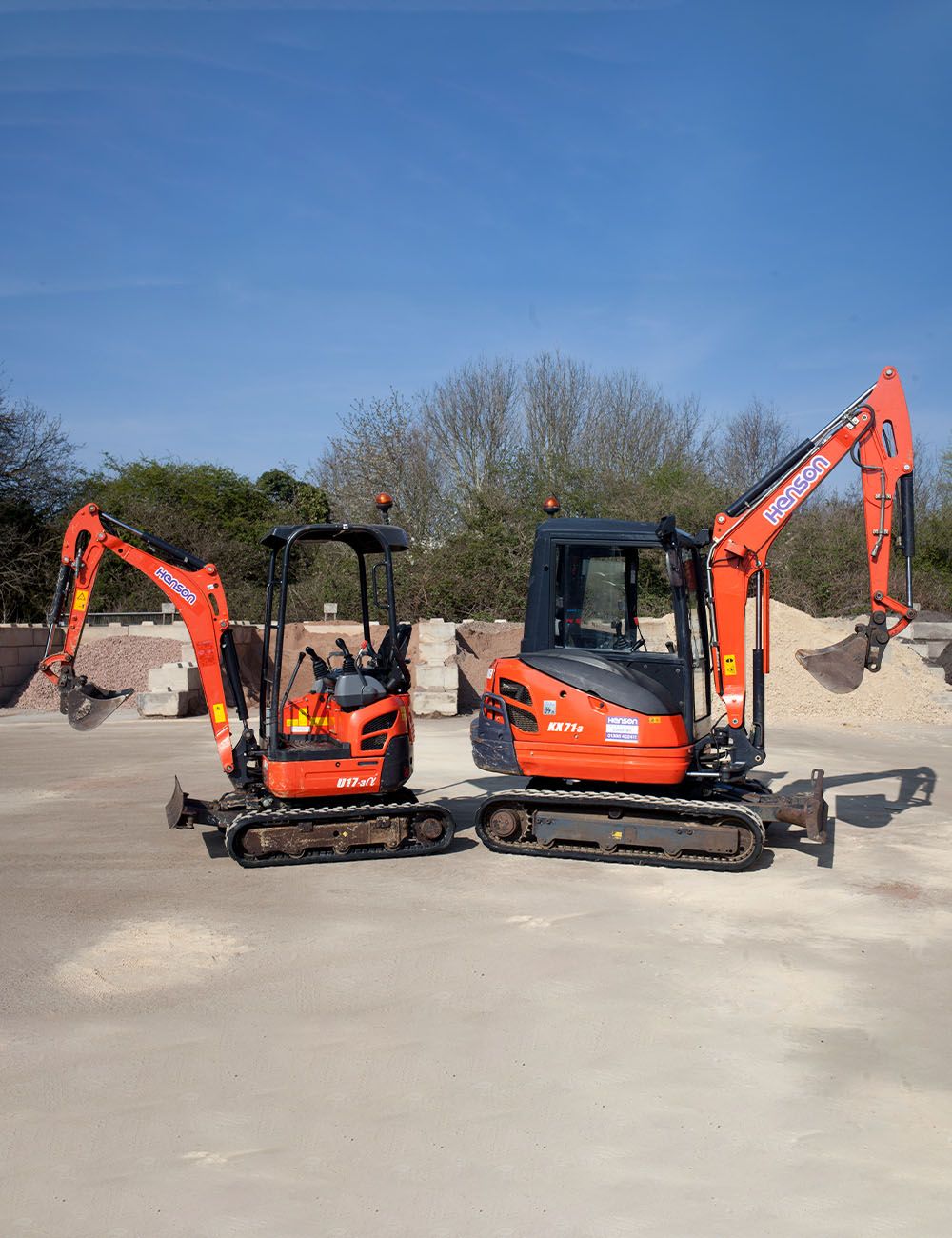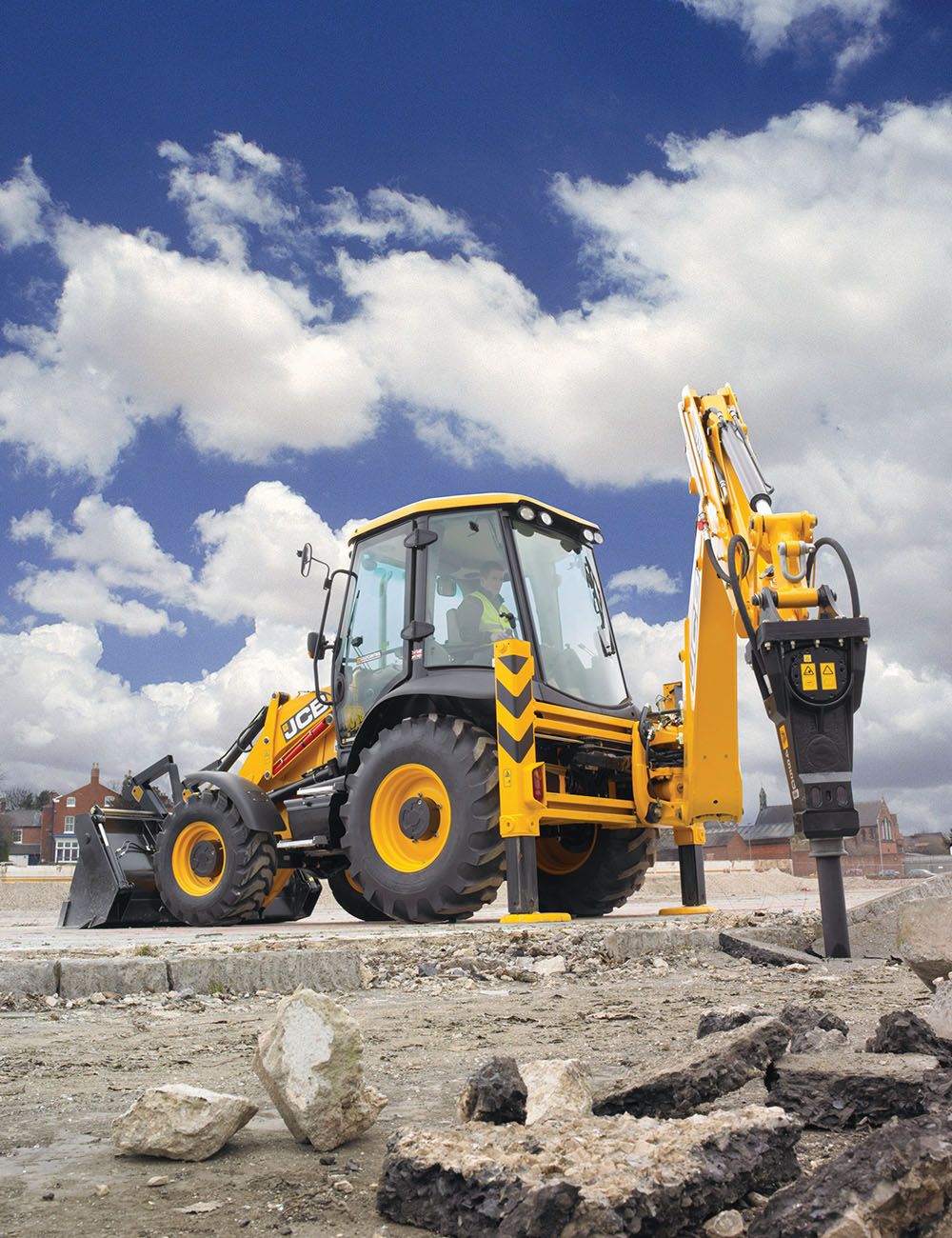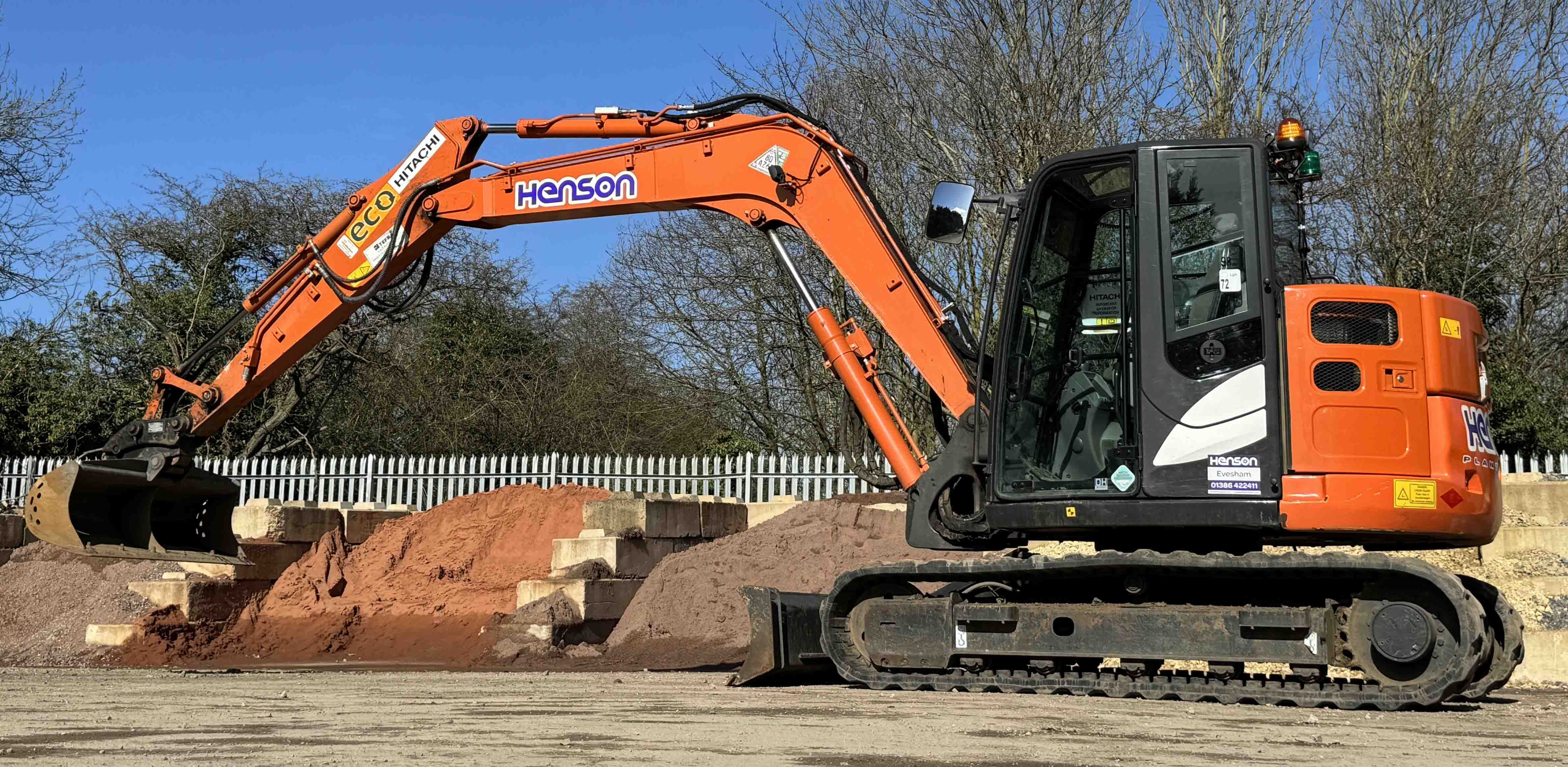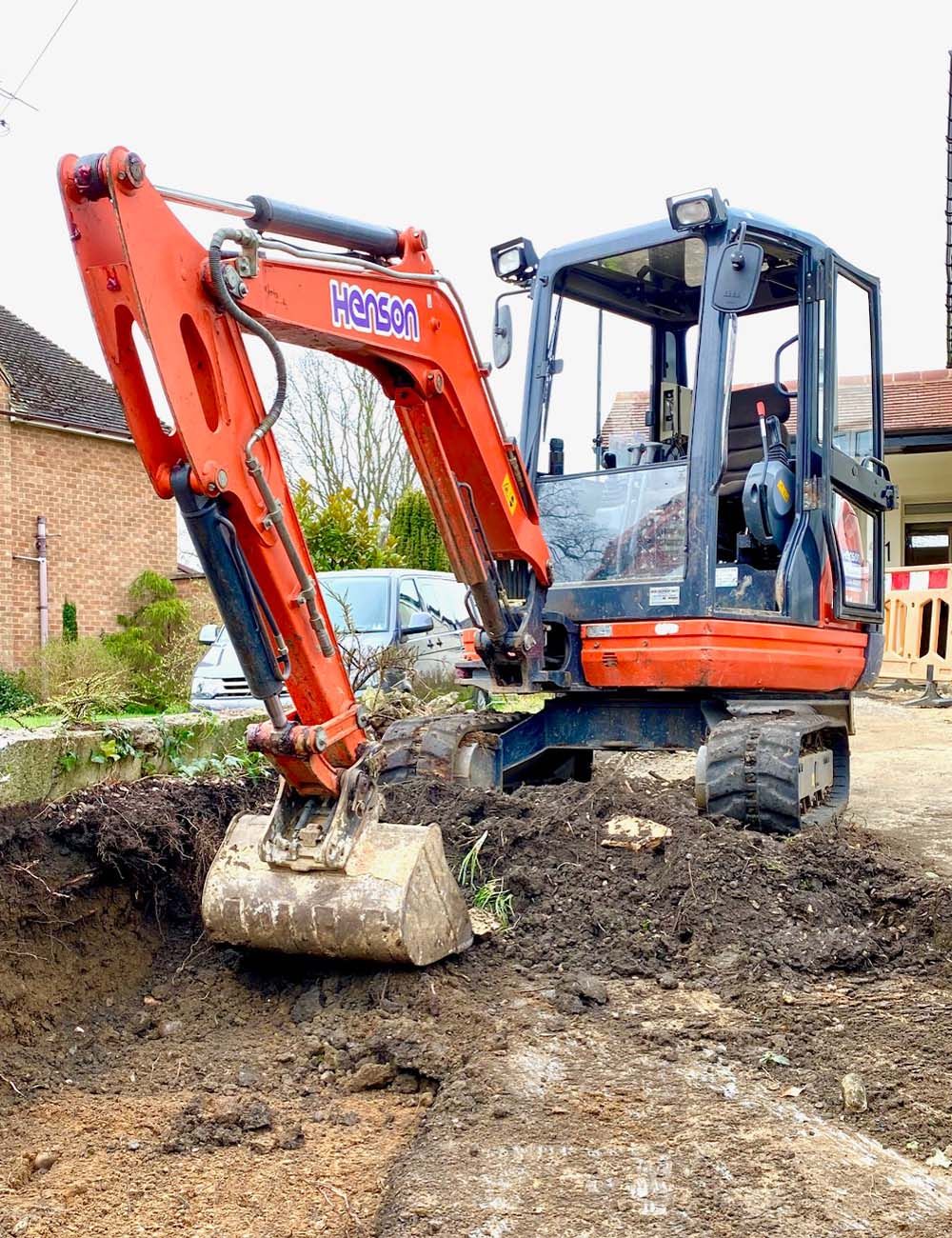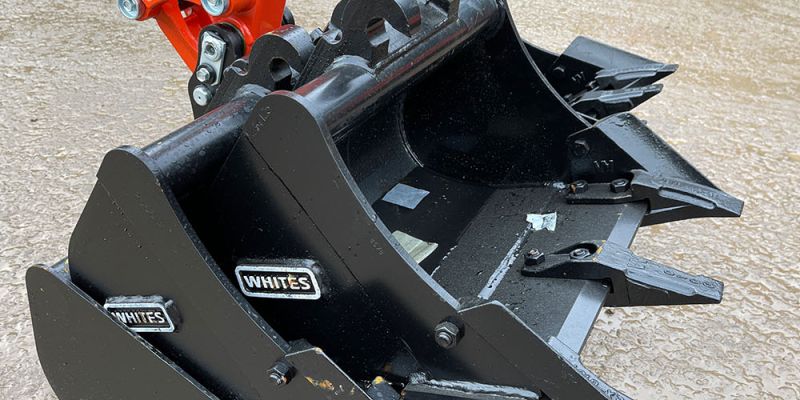
What attachments are available for an excavator?
Blog
Excavators are versatile machines used in various plant hire industries. One of their main advantages is the ability to use different attachments, enabling them to efficiently perform a wide range of tasks. This blog post will delve into the numerous attachments available for excavators, highlighting their uses and benefits.
What is an excavator?
An excavator is a heavy construction machine used for digging and moving large amounts of soil, rocks, or other materials. It typically consists of a boom, stick, and bucket attached to a rotating platform called the house. Excavators are commonly used in construction, mining, and landscaping projects. They come in various sizes, from mini excavators to large machines weighing several tons. Excavators are known for their versatility and ability to perform a wide range of tasks, such as digging trenches, loading trucks, demolishing structures, and lifting heavy objects.
If you want a close, in-depth look at different types of excavators e.g. tracked excavators, wheeled, small and large excavators, you can check out our blog on 'What is an excavator?'
What are excavator attachments?
Excavator attachments are specialised tools and accessories that are designed to be attached to an excavator machine. These attachments expand the excavator's capabilities, allowing it to perform various tasks beyond basic digging. Excavator attachments are typically interchangeable and can be quickly mounted or detached, making them versatile and efficient tools on construction sites.
The primary purpose of using excavator attachments is to enhance the productivity and efficiency of the excavator by enabling it to perform various tasks with precision and ease. Whether it's digging, lifting, demolishing, drilling, or grading, an attachment is available to suit the project's specific needs. These attachments save time and labour while increasing the overall functionality of the excavator.
Why do we use attachments?
The use of excavator attachments offers several advantages in construction and other industries. Let's take a closer look at the comprehensive range and why attachments are necessary for plant hire solutions.
Versatility:
Excavator attachments allow a single machine to perform multiple tasks, eliminating the need for different specialised equipment. This versatility saves time, reduces costs, and helps maximise productivity on the job site.
Efficiency:
Using the appropriate attachment allows excavators to complete tasks more efficiently and effectively. For example, using a hydraulic hammer attachment for demolition work can significantly speed up the process compared to manual labour or traditional methods.
Precision:
Attachments enable precise control and accuracy, ensuring that tasks are completed with the desired level of precision. Attachments like grading buckets make achieving fine grading and levelling easier, reducing the need for additional equipment or manual rework.
Safety:
Excavator attachments enhance safety by reducing the need for workers to perform specific tasks manually. For instance, using a grapple attachment, materials can be lifted and moved without putting workers at risk. It minimises the potential for accidents and injuries during manual handling.
What kind of attachments are there?
When it comes to plant machinery, a wide range of attachments help with construction projects. Let's look at some popular options attached to small and medium excavators to large wheeled excavators.
Bucket
A bucket attachment is one of the most common and essential excavator attachments. It is a large, hinged container or scoop-like structure connected to an excavator's boom or arm. The bucket attachment is used for digging, scooping, and moving various materials such as soil, gravel, sand, rocks, and debris.
The design of the bucket attachment can vary depending on the intended use. Some buckets have teeth or cutting edges along the edge of the bucket to aid in digging through tough materials, while others may have smooth edges for handling softer materials or for grading purposes.
What are they used for?
Bucket attachments come in different sizes and capacities to accommodate the needs of different projects. Smaller buckets are typically used for precise digging and trenching work, while larger buckets are used for bulk excavation or loading materials into trucks.
Excavator bucket attachments are versatile tools that allow operators to move large amounts of material efficiently in construction, mining, landscaping, and other industries. They are easily interchangeable, allowing the machine to adapt to various tasks on the job site.
Thumbs
A thumb attachment, also known as a grapple thumb or hydraulic thumb, is an excavator attachment that provides the machine with a grasping capability. It consists of two large arms with claws or fingers that can open and close, mimicking the movement of a human thumb and fingers.
The thumb attachment is usually mounted on the end of the excavator's arm, opposite the bucket. It enhances the machine's versatility and allows it to handle and precisely manipulate objects. The claws of the thumb attachment can be used to grip and hold onto various materials securely, such as logs, rocks, pipes, or construction debris.
What are they used for?
The thumb attachment is handy in tasks that require picking up irregularly shaped objects or materials that cannot be easily handled with the bucket alone. It gives the excavator operator greater control and flexibility, reducing the need for manual labour or additional equipment.
Some thumb attachments feature hydraulic cylinders that enable the operator to adjust the position and angle of the claws, allowing for better alignment and gripping of objects. This adjustability helps ensure a firm hold and prevents materials from slipping or falling during transportation or placement.
Hammer
A hammer attachment, a hydraulic breaker or rock breaker, is a powerful excavator attachment used for breaking apart hard surfaces such as concrete, rocks, asphalt, and other tough materials. It delivers high-frequency and high-impact blows to the surface, causing it to fracture and break.
The hammer consists of a heavy-duty percussion mechanism housed within a metal casing. The attachment is connected to the excavator's boom or arm and powered by the machine's hydraulic system. When activated, hydraulic fluid is directed to the percussion mechanism, rapidly striking a chisel or point against the surface.
What are they used for?
The hammer attachment is commonly used in construction, demolition, quarrying, and mining. It is beneficial for tasks such as breaking up concrete foundations, removing old pavement, breaking through rock formations, and demolishing structures. The high impact force generated by the hammer attachment allows for efficient and precise material removal.
Different sizes and types of hammers are available to suit various excavator models and specific applications. Some hammers have interchangeable tool bits, allowing for versatility and adaptability to different tasks. Depending on the desired outcome, the operator can choose between chisel points, moil points, blunt tools, or other specialised attachments.
Grapples
A grapple attachment is a tool designed to enhance the material handling capabilities of various types of machinery, such as excavators, loaders, or skid steers. It consists of two large arms or jaws that can open and close, allowing it to securely grip and hold onto objects.
What are they used for?
Grapple attachments come in different configurations depending on the specific application and equipment they are designed for. Some common types include:
- Brush Grapple: This type of grapple attachment is designed for handling brushes, branches, logs, and other vegetative materials. It typically has serrated or curved tines that securely grip irregularly shaped objects.
- Rock Grapple: A rock grapple is specifically designed for handling rocks, boulders, and other heavy-duty materials. It often features reinforced arms and can have narrower spacing between the tines to prevent smaller rocks from falling through.
- Industrial Grapple: An industrial grapple is a versatile attachment used for a wide range of materials, including construction debris, scrap metal, pallets, and more. It typically has wider tines and may feature additional reinforcements for durability.
- Demolition Grapple: This type of grapple is designed for heavy-duty demolition work, such as tearing down structures or handling debris in demolition sites. It often features heavy-duty construction and enhanced gripping capabilities.
Grapple attachments are commonly used in construction, forestry, landscaping, waste management, and other industries where efficient material handling is required. They allow machinery operators to pick up, move, and place objects safely and effectively with precision, reducing the need for manual labour and increasing productivity.
Rake
A rake attachment is a tool designed to be attached to machinery, such as tractors or skid steers, for various land clearing and grooming tasks. It consists of a series of evenly spaced tines or teeth that extend from a frame.
What are they used for?
- Landscaping: Rake attachments can be used to level and clear debris from lawns, gardens, and construction sites. They help distribute soil evenly, remove rocks, sticks, and other unwanted materials, and prepare the ground for planting or construction.
- Agriculture: Rake attachments are useful for maintaining and preparing agricultural fields. They can help remove weeds, break up clumps of soil, and create seedbeds for planting crops.
- Clearing and Grading: Rake attachments are effective in clearing brush, leaves, and small vegetation from larger areas. They can also be used for grading gravel driveways or roads by distributing material evenly and leveling rough surfaces.
- Snow Removal: In colder climates, rake attachments can be equipped with specialized blades or buckets to remove snow from driveways, parking lots, or pathways. The tines can help break up packed snow, while the attachment's frame allows for efficient snow pushing and clearing.
Rake attachments are available in different sizes and configurations to suit specific applications. Some have adjustable tine spacing or angle settings, allowing operators to customize their approach based on the task.
Couplers
Instead of purchasing multiple machines for different tasks, investing in excavator attachments allows you to adapt a single excavator for various applications. This eliminates the need for additional equipment, resulting in significant cost savings.
Coupler attachments typically consist of two main components: a coupler mounted on the machine's arm or boom and compatible adapter plates or lugs attached to the different attachments. The coupler and adapter plates are designed to interlock securely, ensuring a safe connection during operation.
The process of attaching an attachment using a coupler usually involves aligning the attachment with the coupler, engaging the locking mechanism, and securing it in place. Similarly, detaching an attachment involves disengaging the lock and releasing the attachment.
What are they used for?
The primary purpose of a coupler attachment is to enhance productivity and versatility on job sites by reducing downtime and increasing efficiency during equipment attachment changes. Instead of manually removing pins and physically aligning attachments, a coupler allows operators to switch attachments with minimal effort and time.
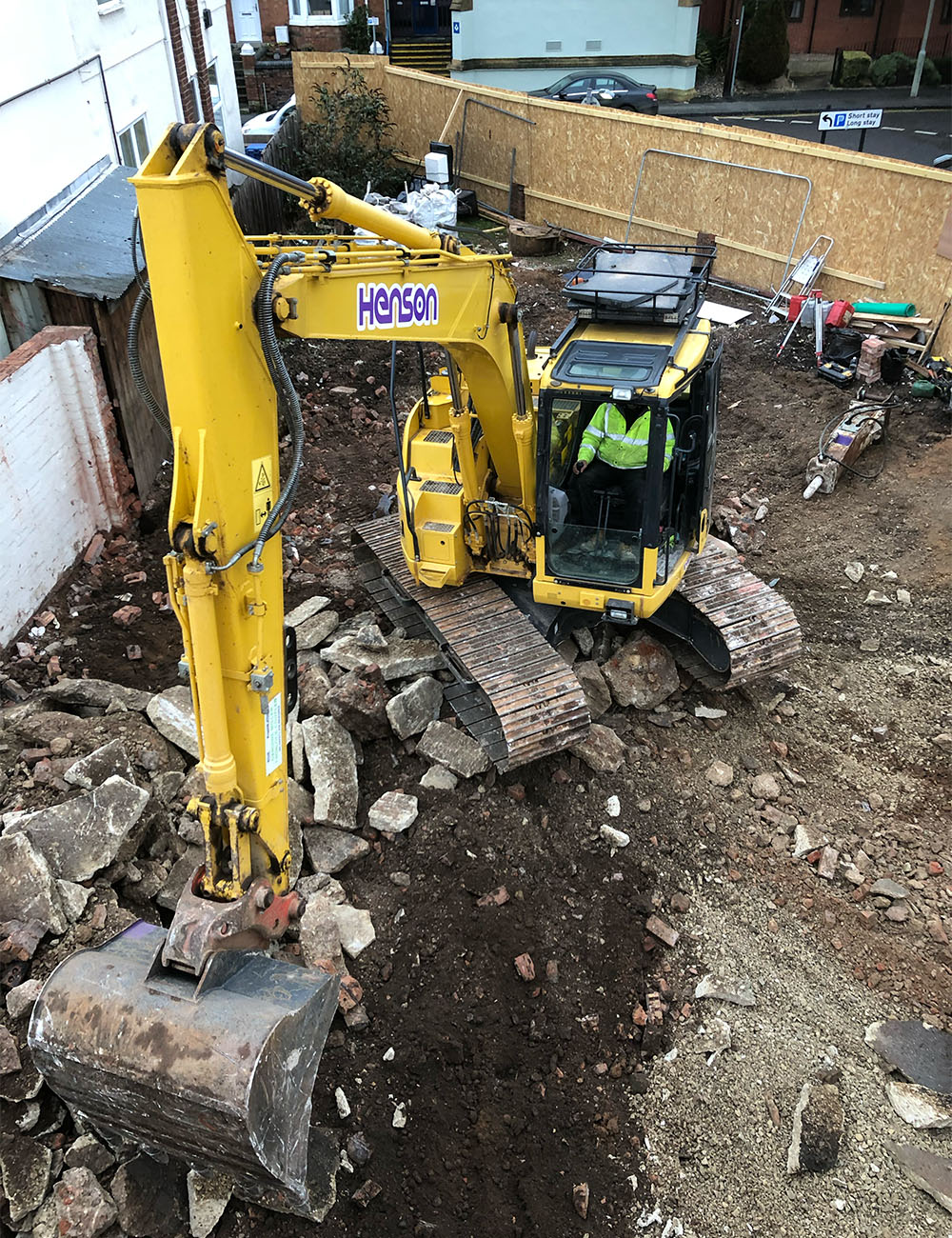
Cost Savings
Reduced Equipment Costs: Instead of purchasing multiple machines for different tasks, investing in excavator attachments allows you to adapt a single excavator for various applications. This eliminates the need to buy additional equipment, resulting in significant cost savings.
- Lower Operating Costs: Mini excavators equipped with attachments can perform the same work as larger excavators but at a lower cost. They consume less fuel, require fewer maintenance expenses, and have lower transportation costs.
- Increased Efficiency: Excavator attachments improve productivity and efficiency on construction sites by enabling the excavator to perform multiple tasks. You can complete a wide range of jobs without additional equipment or manual labour with the right attachments, such as buckets or forks.
- Cost-effective Maintenance: Excavator attachments typically have lower maintenance requirements compared to standalone machines. This reduces maintenance expenses and downtime, ultimately resulting in cost savings over time.
- Enhanced Safety: Using excavator attachments can create a safer working environment, keeping plant hires in confined areas. Attachments like mud buckets help prevent accidents and damage to surrounding structures, reducing the risk of costly repairs or liability claims.
Final Thoughts
In conclusion, the range of attachments available for excavators is extensive and diverse, providing operators with the flexibility and capability to tackle various services. Each attachment, from buckets and hammers to augers and grapples, enhances the excavator's functionality and efficiency. These attachments enable excavation and construction projects to be completed more quickly, accurately, and safely, ultimately saving time and resources.
Moreover, the availability of specialised attachments such as mulchers, shears, and trenchers expands the excavator's application beyond traditional diggers. With the proper attachment, an excavator can become a powerful tool for land clearing, forestry, demolition, and more. This adaptability minimises the need for additional equipment and staffing, resulting in cost savings and improved project service.
For any questions or queries, do not hesitate to contact us. We would love to help you with your next project!
Articles
